Carbonate quality
Hyperspectral Imaging for Carbonate quality. Case study to predict dolomite sample contamination.
Hyperspectral Imaging for Carbonate quality. Case study to predict dolomite sample contamination.
Hyperspectral imagery for carbonate quality and contamination offers a quick solution for resource mapping and modeling.
Dolomite rock is used in the iron and steel industry as a fluxing material, for the protection of refractory lining, and as a refractory raw material. Dolomite and dolomitic limestone are added to soils as a pH buffer and source of magnesium. In addition to being used in the production of coatings and magnesium compounds, it is an ingredient in the production of glass, bricks, and ceramics. It is important to highlight that though limestone is not considered a “high-value” product by economic geologists, it is part of the concept of development minerals and closely linked to local development and domestic markets and access to it provides mineral security [1]. Dolomite quality is determined by its brightness, CaO, MgO, Fe2O3, SiO2, and Al2O3 content. Other parameters that are commonly measured are MnO, K2O, Na2O, P2O5, TiO2, S, and SO3. Mineralization occurring in the vicinity of dolomite and affecting the quality of the extracted rock are different contaminations e.g., mica and clay-group mineralization.
Varying half-core samples and 51 powdered dolomite samples were provided by Franzefoss Minerals AS for the full study. The objective is to predict the relative brightness, CaO, MgO, and Fe2O3 content of the powdered samples and give insight into contaminating mineralogy in the cores. The powder sample analysis is presented in a second application note.
Dolomite is an anhydrous carbonate mineral composed of calcium magnesium carbonate CaMg(CO3)2. Dolomite contains 54.35% of CaCO3 and 45.65% of MgCO3. Natural rocks containing 40-45% of MgCO3 are usually called dolomite.
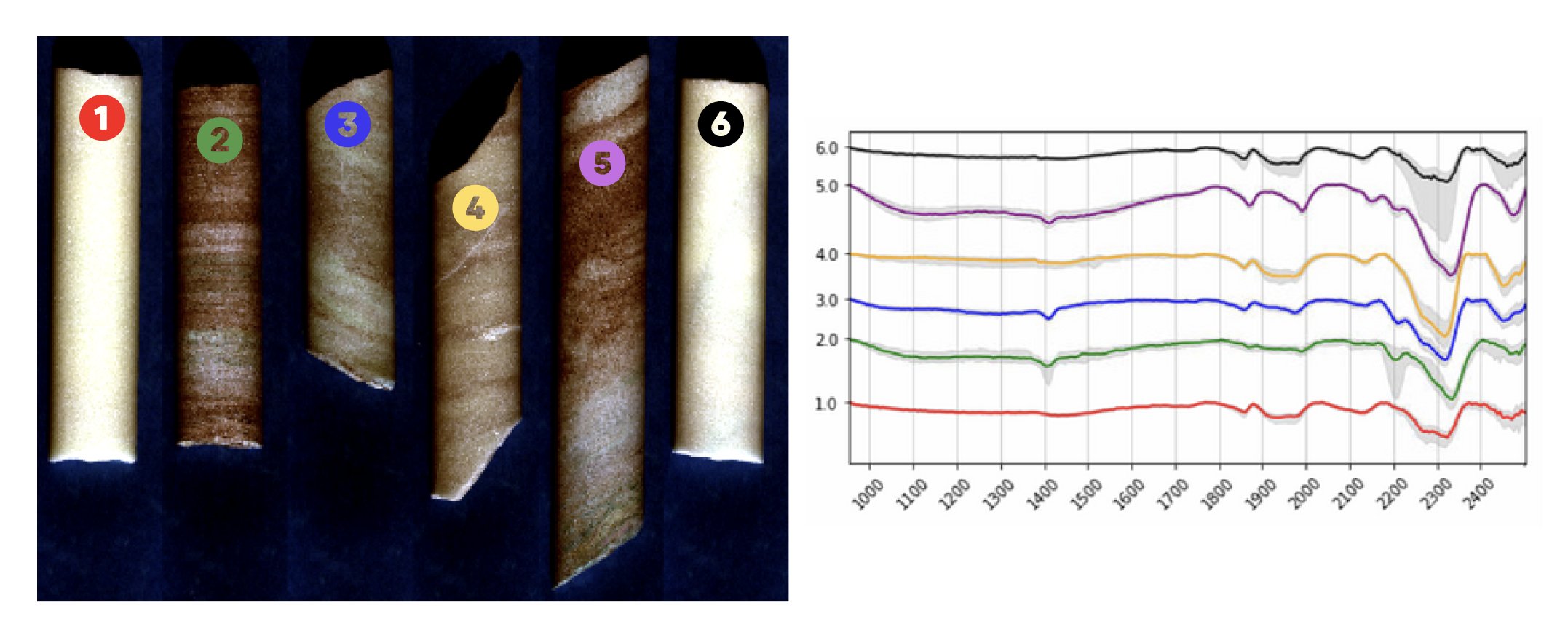
Figure 1 shows the different spectra for six of the provided drill cores. Mineralogic changes within each core are evidenced by the changes in the observed spectral features, as well as the variance of spectral features visible through the grey envelope. In Figure 2, the wavelength position of the absorption feature is modelled [2]. The strongest absorption feature position and depth is plotted. The dolomite feature minimum at around 2320nm is represented in orange colors, calcite with a minimum around 2340nm is shown in red, and clay-type mineralization around 2200nm is shown in green.
All samples were scanned using cameras from the HySpex Classic SWIR (970-2500nm) spectral regions with a spectral sampling of 3.3nm and 5.5nm, respectively. They were operated in the laboratory on a translation stage setup.
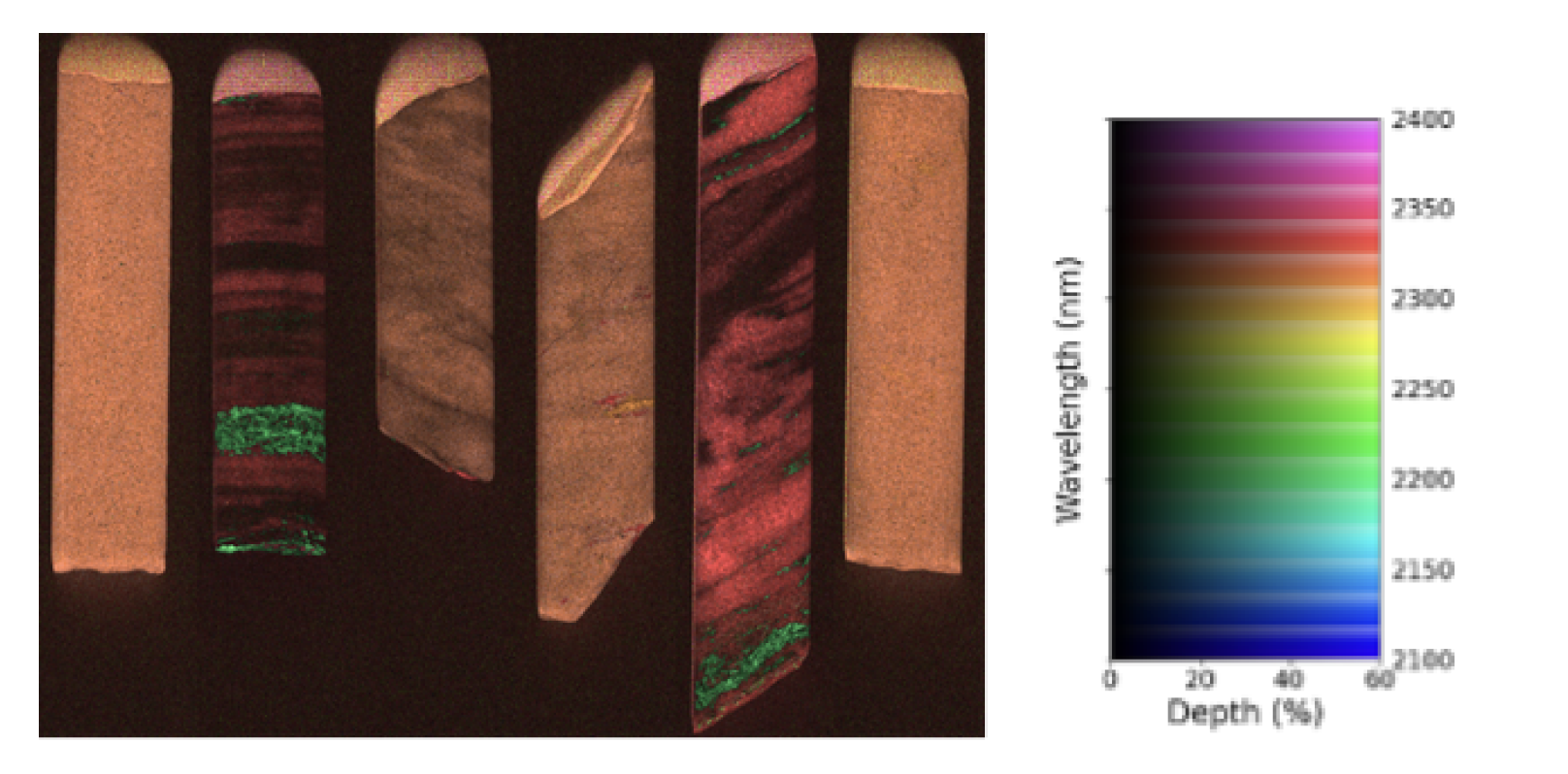
Figure 2. Minimum wavelength mapping result showing the deepest modelled feature in the wavelength range between 2100-2400nm. The color-coding represents the wavelength position of the feature minimum (color) and the feature depth (brightness).
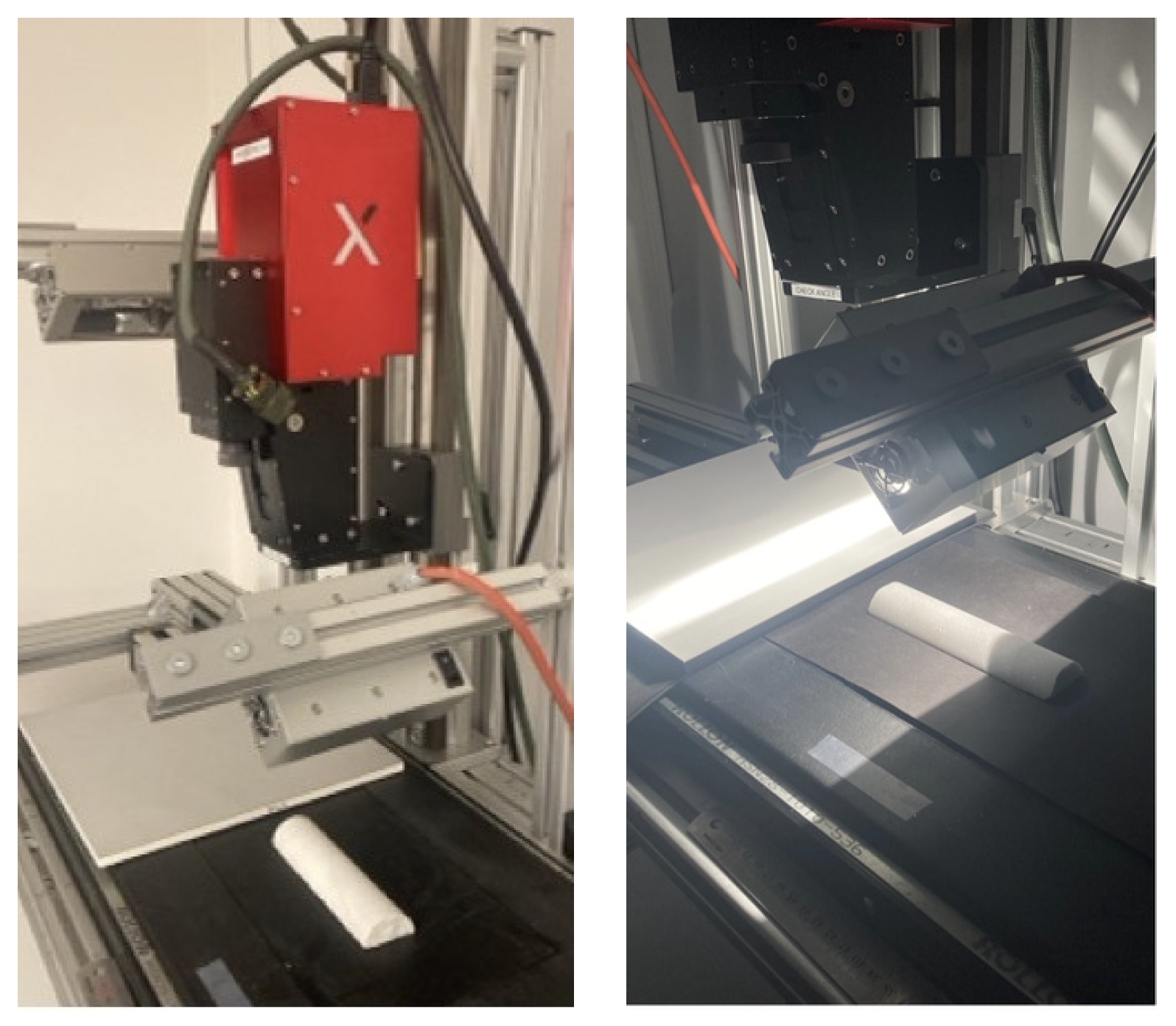
Figure 3. Setup of the HySpex SWIR classic camera with the translation stage setup. Left: Setup before scanning; Right: Setup during scanning, SWIR lamp active.
Figure 3 shows the setup of the SWIR camera in the HySpex lab. Mineral analysis is possible with Breeze software from Prediktera, especially the new Breeze-Geo package. Here, high-confidence mineral classification is made available based on the adaptation of the publicly available material identification algorithms from the U.S. Geological Survey (USGS). Being able to harness the USGS Material and Identification Algorithm (MICA) through Breeze allows for mineral classification maps as shown in Figure 4. The variety within the samples becomes clear, showing dolomite- (purple) and calcite-dominated cores (green) with various levels of non-carbonate mineralization (e.g., montmorillonite, kaolinite, and muscovite mixtures
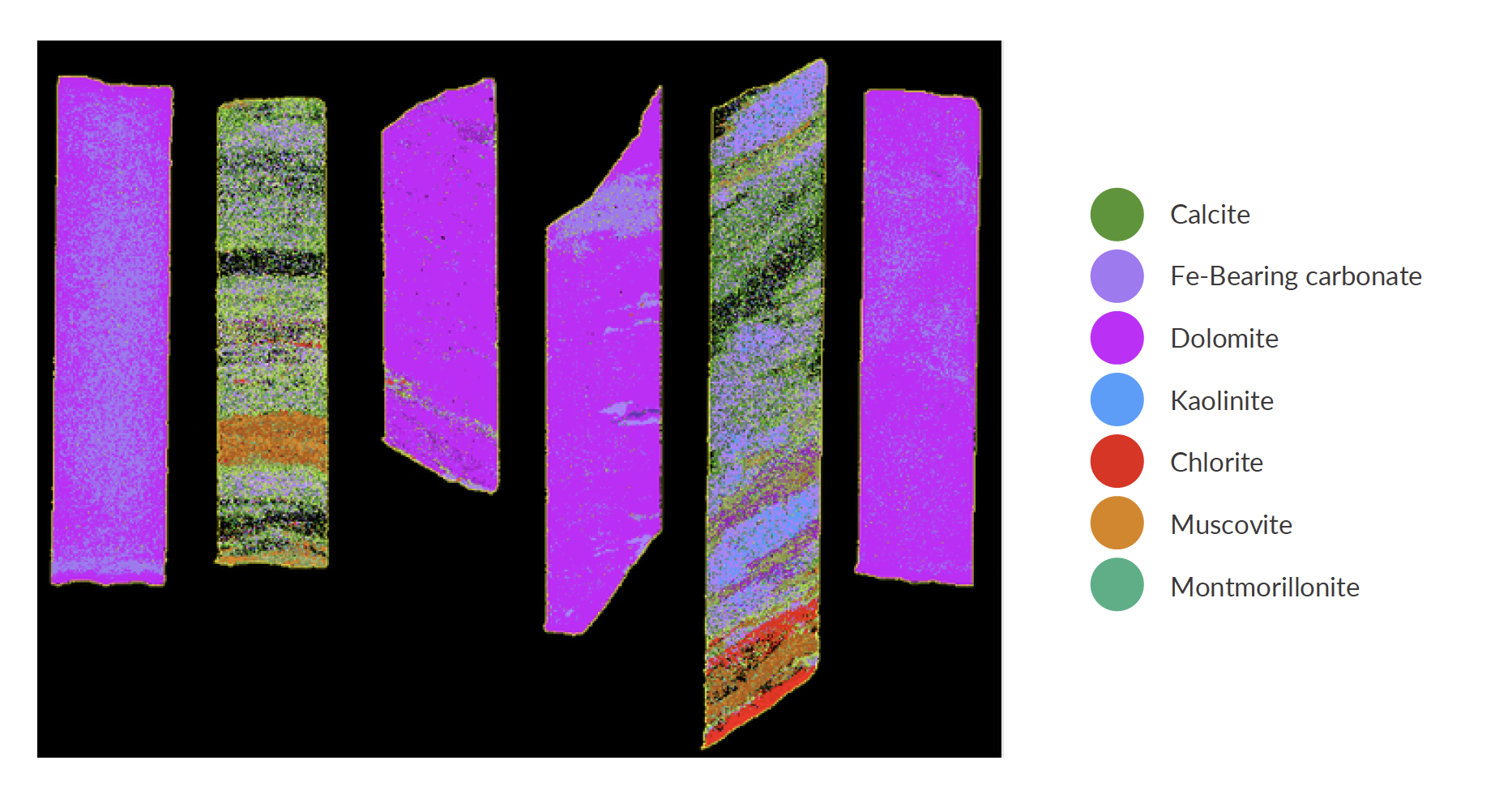
Figure 4. Dolomite and calcite dominated cores showing veins of montmorillonite, muscovite, and kaolinite mapped via publicly available USGS MICA algorithm implemented in Breeze-Geo.
Measurements like these enable material control based on mineralogy at an early stage. Material streams can be monitored and unwanted mineralization can be discarded. This way, contaminated, low-quality dolomites are not distributed further into the processing stream, saving reagents, energy, and water.
HySpex offers a varied selection of turn-key solutions for mining and raw material-related studies as well as other scientific and industrial applications. Contact us to discuss your application and requirements with our specialists.
Samples and expert input were provided by Franzefoss Minerals AS, Norway’s leading limestone mining company with a strong focus on the environment
Data, results and images courtesy of:

References:
Mineral security essential to achieving the Sustainable Development Goals. Franks, D. M., Keenan, J., & Hailu, D. (2022). Nature Sustainability. https://doi.org/10.1038/s41893-022-00967-9
MWL mapping via python, hylite toolbox, Thiele, S. T., Lorenz, S., Kirsch, M., Cecilia Contreras Acosta, I., Tusa, L., Herrmann, E., Möckel, R., & Gloaguen, R. (2021). Multi-scale, multi-sensor data integration for automated 3-D geological mapping. Ore Geology Reviews, 136(May), 104252. https://doi.org/10.1016/j.oregeorev.2021.104252
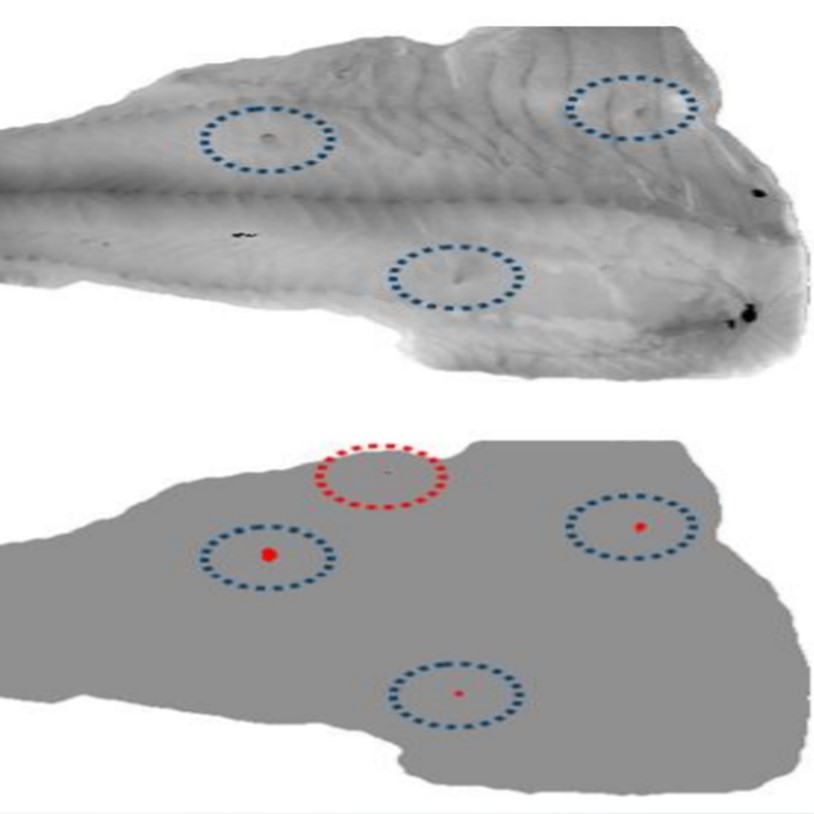
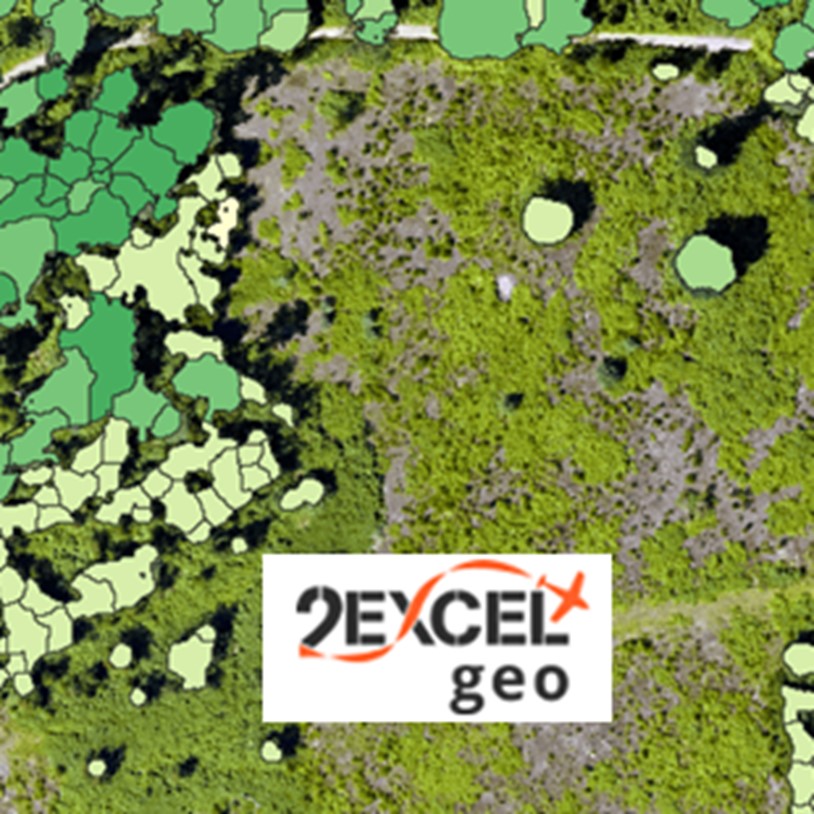

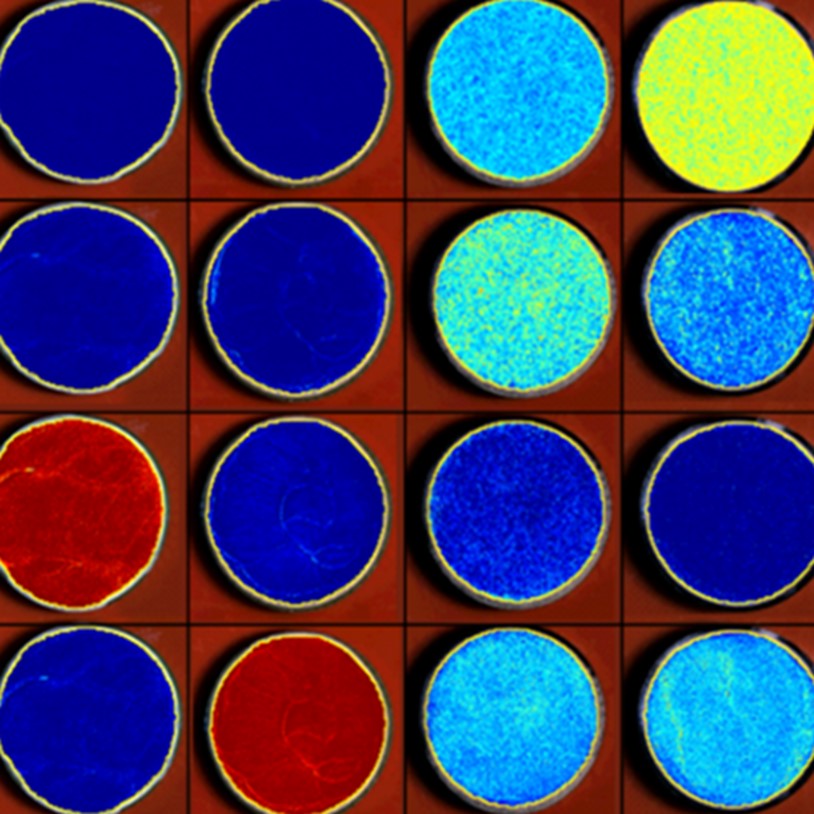
Pharmaceuticals
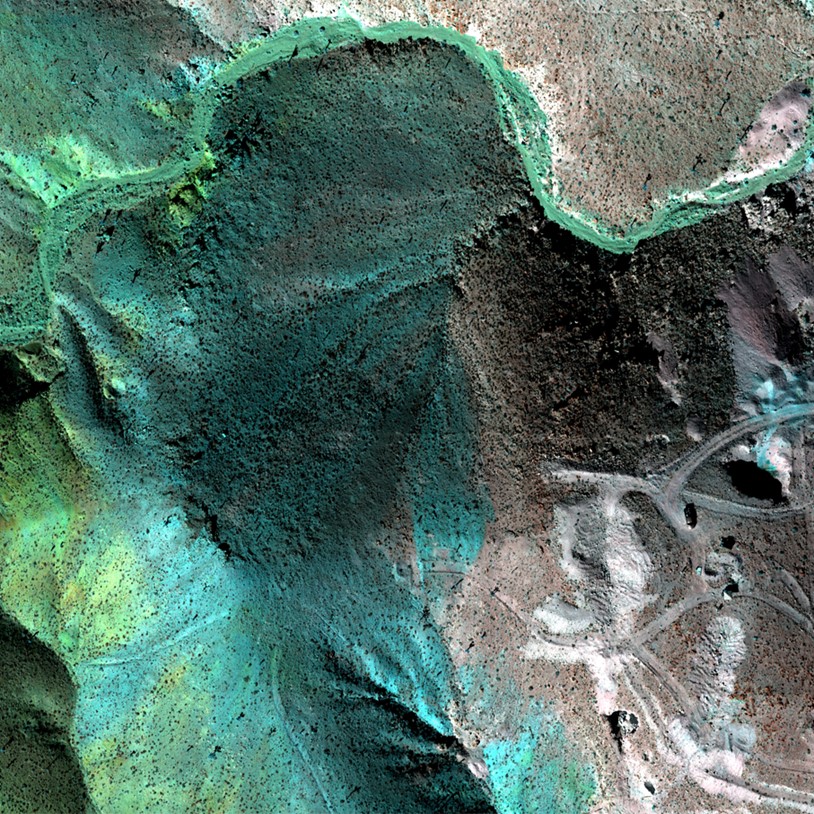
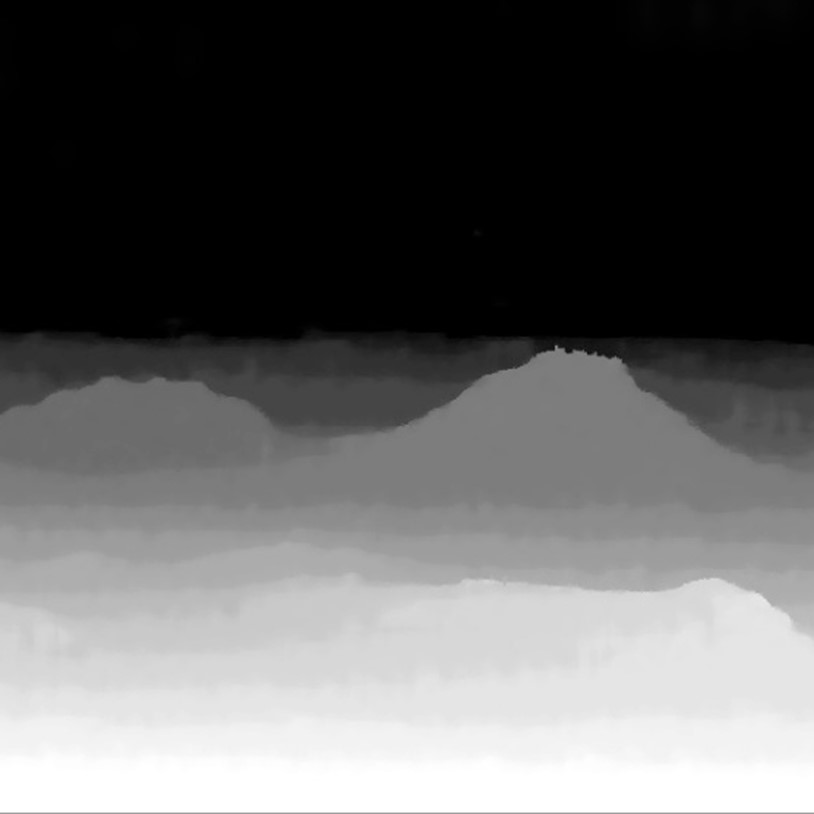
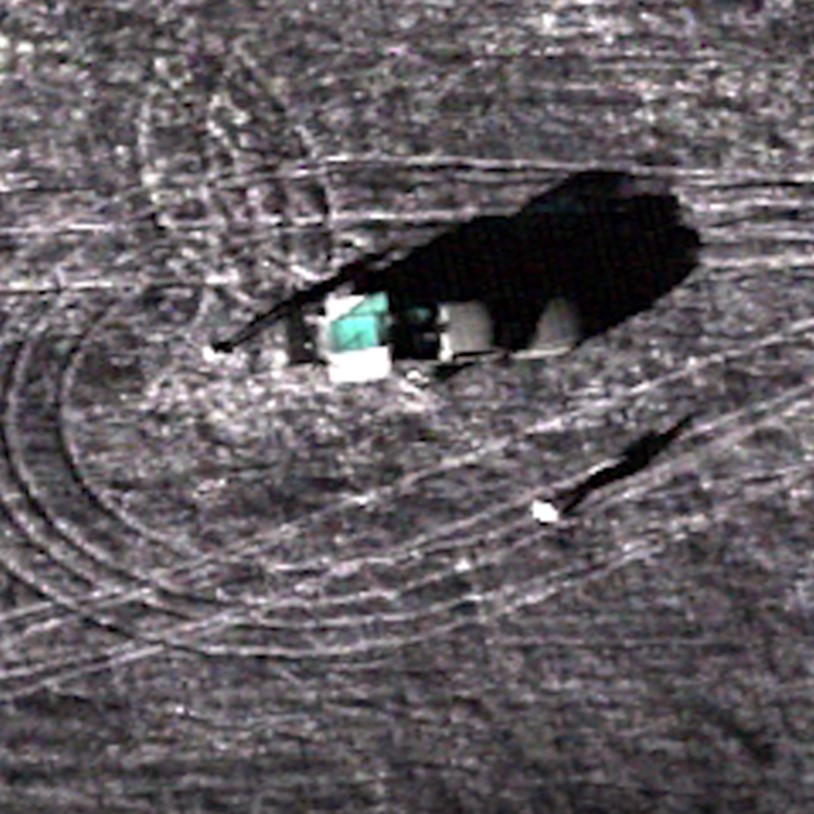
Methane Detection
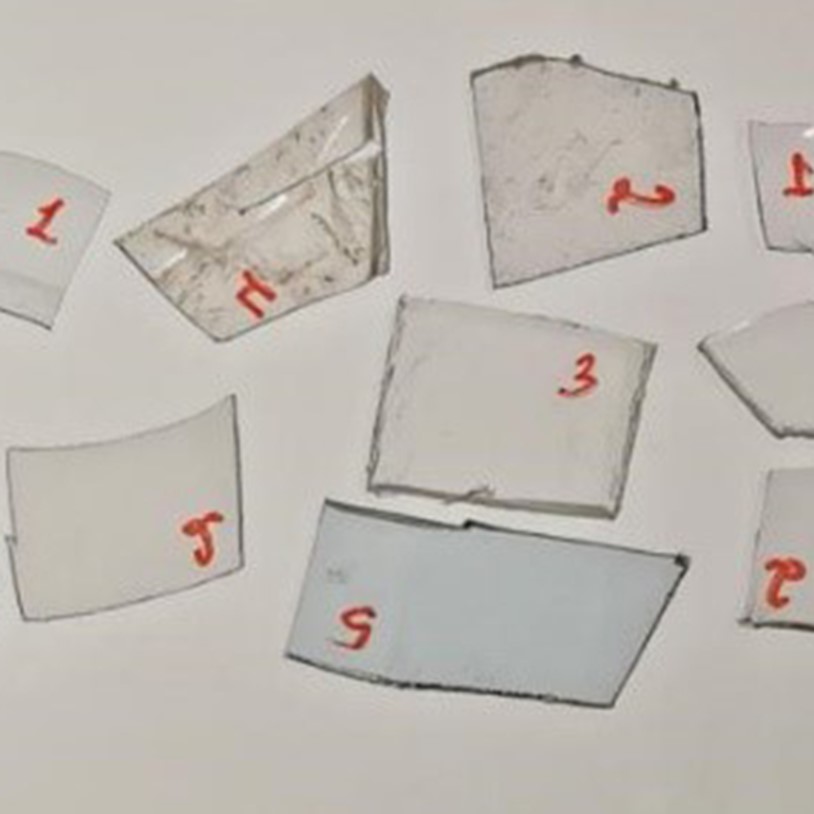
Plastic Sorting
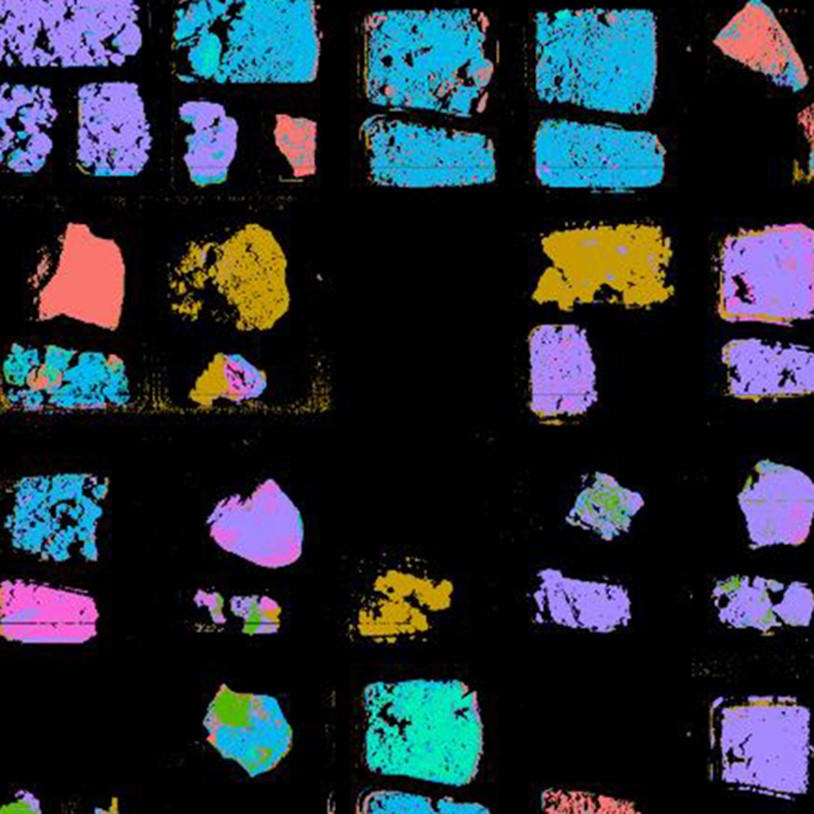
Mineral mapping in open pit mines
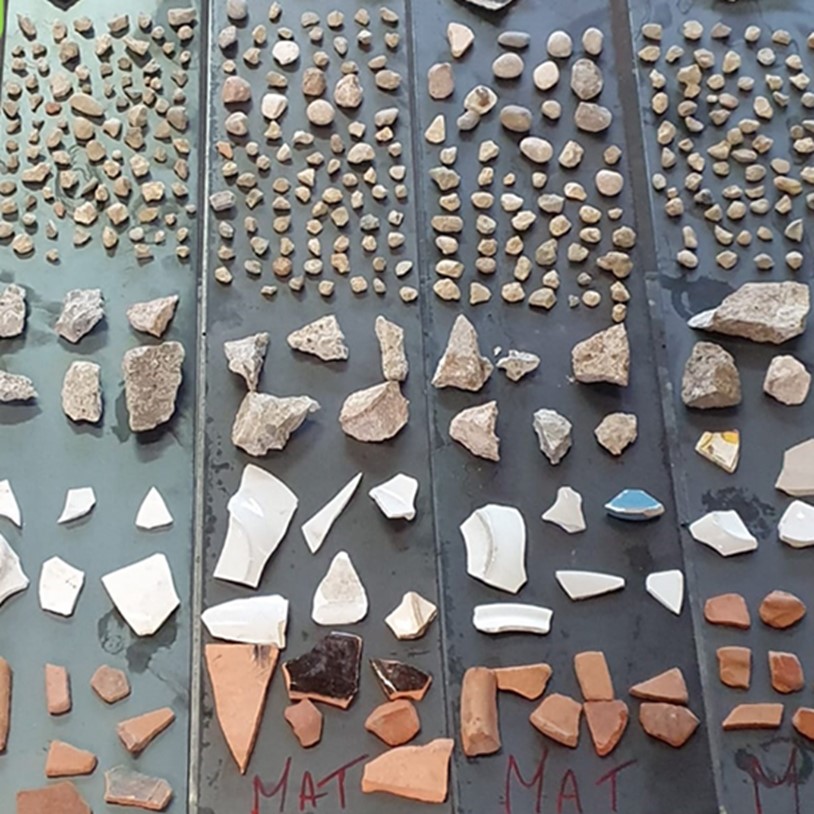
Asbestos

Explosives
Hyperspectral Imaging for Ore Distinction

Hyperspectral Analysis of Powder Mixtures

Paper Recycling
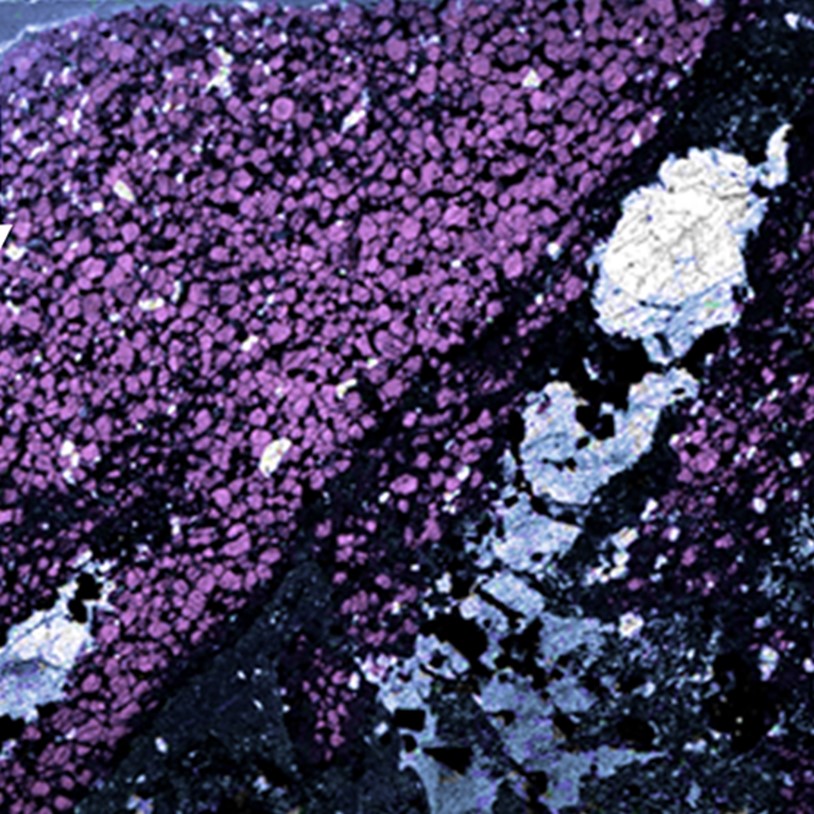
Rare Earth Elements

Coating thickness

Monument Preservation

Cocoa Beans